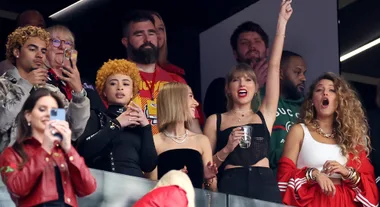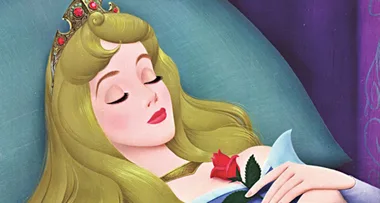When Mary Quant made miniskirts mainstream in the Swinging Sixties, polite society was shocked. From model Jean Shrimpton’s racy look at the races to Princess Diana’s revenge dress, we pay tribute to the late designer’s iconic creation that changed fashion forever.
Mary Quant
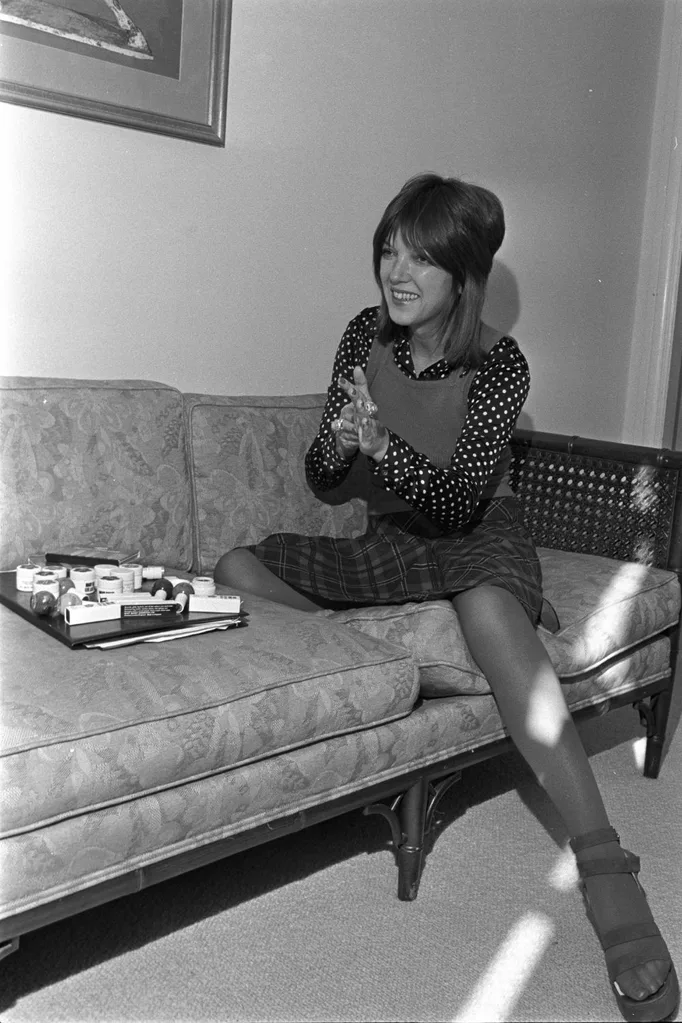
In the early ’60s, London designer Mary Quant began experimenting with hemlines. While thigh-baring garments had been seen before, such as Josephine Baker’s 1926 banana skirt, Quant is credited with bringing the look to the high street. She was said to have named the mini after her favourite car – and it was an instant hit. While young women embraced the daring style, others were appalled, among them Coco Chanel, who reportedly said in a New York Times interview, “Have they all gone mad?” The meteoric rise of hemlines coincided with a burgeoning second-wave feminist movement. As a result, the mini became an enduring symbol of women’s liberation. Quant died in April 2023, aged 93, but she has forever made her mark on fashion and feminism.
Jean Shrimpton

It was the hemline that stopped a nation. When the British model (above) turned up trackside baring her knees at Derby Day in 1965, Melbourne society clutched its pearls. Eschewing the usual hat, gloves and stockings, she was met with a shocked silence from the members stand, before being subjected to catcalls. Photographers reportedly shot from below to make the dress appear even shorter.
Sharon Tate
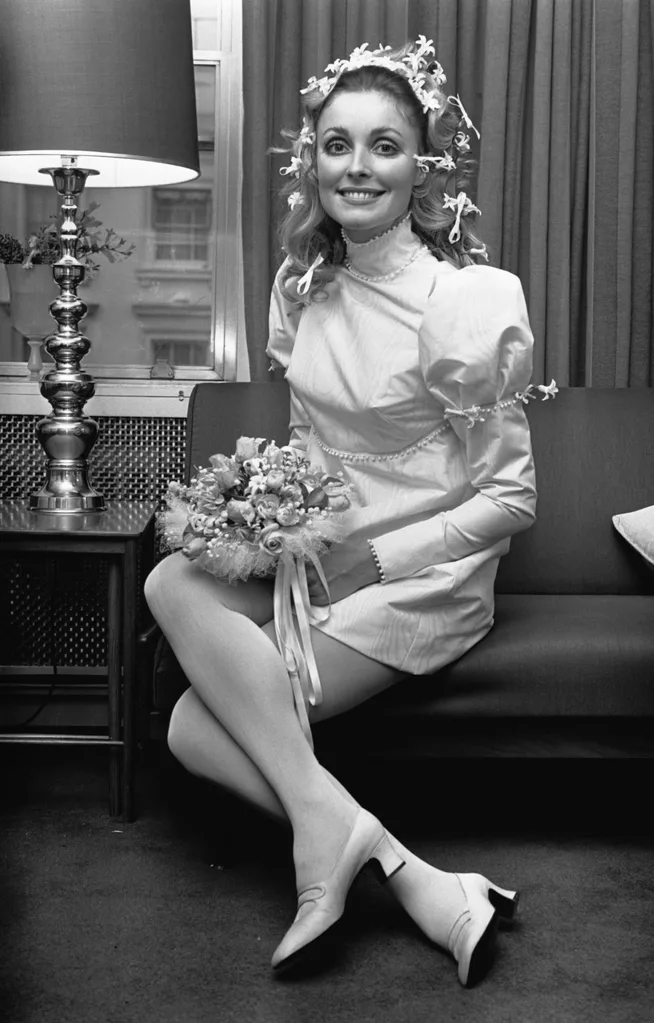
Gloria Steinem

Dubbed “the miniskirted pinup girl of the intelligentsia” by The Washington Post, journalist and pioneer of second-wave feminism Steinem was proof that style and substance are not mutually exclusive. The activist frequently wore short skirts or minidresses to speaking engagements and TV appearances, such as this one (right) in New York in 1970, cementing the garment’s status as a symbol of the movement.
The Right To Bare Legs

After Londoner Sarah Everard was kidnapped and murdered by a police officer in 2021, widespread demonstrations were held; at one in central London, this protester delivered a sobering message.
Princess Diana
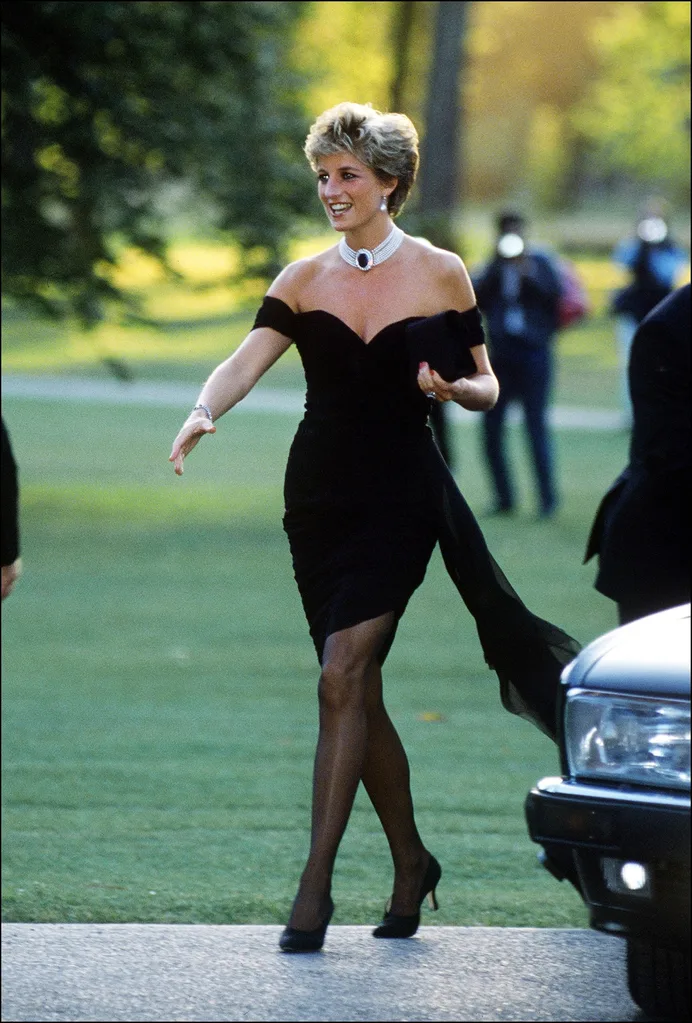
Wearing what was dubbed the “revenge dress”, the Princess of Wales headed out to a Vanity Fair event in London in 1994. It was the same night that Prince Charles admitted his infidelity on national television. The short black Christina Stambolian dress had been in Diana’s wardrobe – unworn – for three years, as she had felt it was too daring to wear in public. Until then. Diana’s stylist, Anna Harvey, said that the princess “wanted to look a million dollars … and she did”.
Debbie Harry

Alley Mcbeal

The popular ’90s TV series set in a Boston law firm courted much criticism for the bare-legged titular character played by Calista Flockhart. Her skirts were deemed too short, her legs too thin. In 1998, Time ran a cover with McBeal in a lineup with Susan B. Anthony, Betty Friedan and Gloria Steinem. Beneath the image of McBeal was the question: “Is feminism dead?” Suffice to say it hasn’t dated well.
Paris Hilton
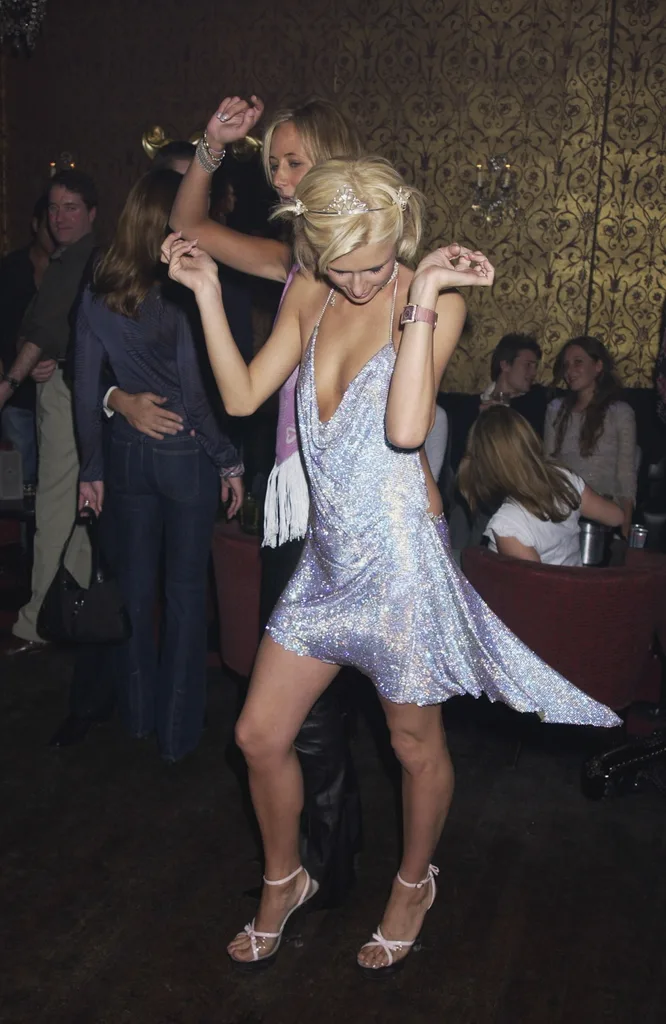
In the noughties no-one wore minis quite like the heiress, who famously proclaimed “skirts should be the size of a belt”. She wore this much-replicated Julien Macdonald chainmail dress to celebrate her 21st birthday in 2002.
Geri Halliwell

On The Runway
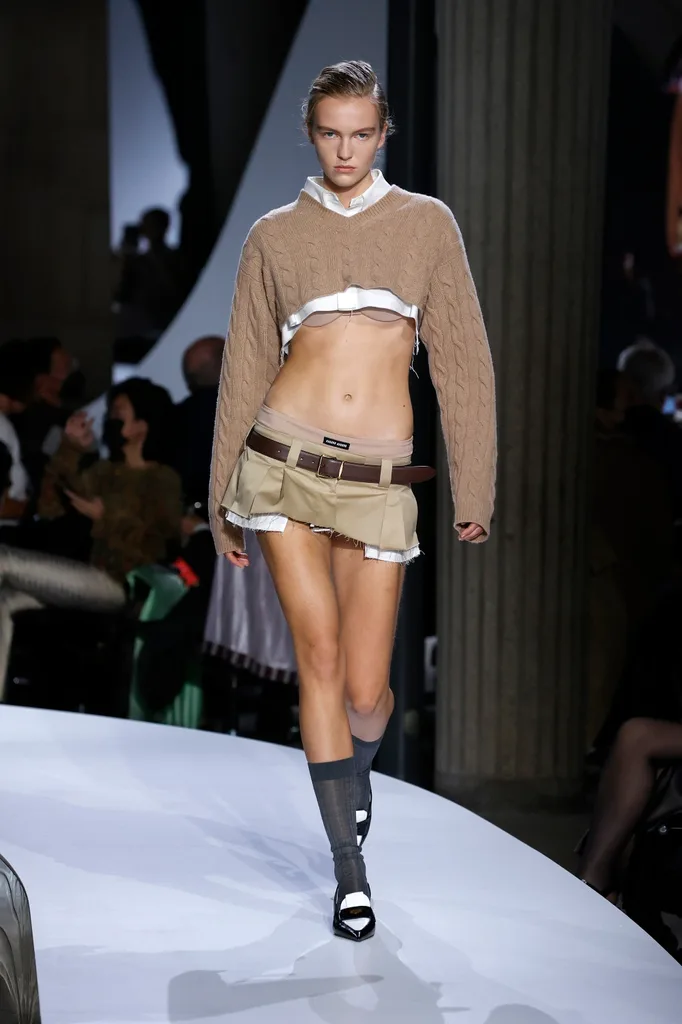
Lil Nas X
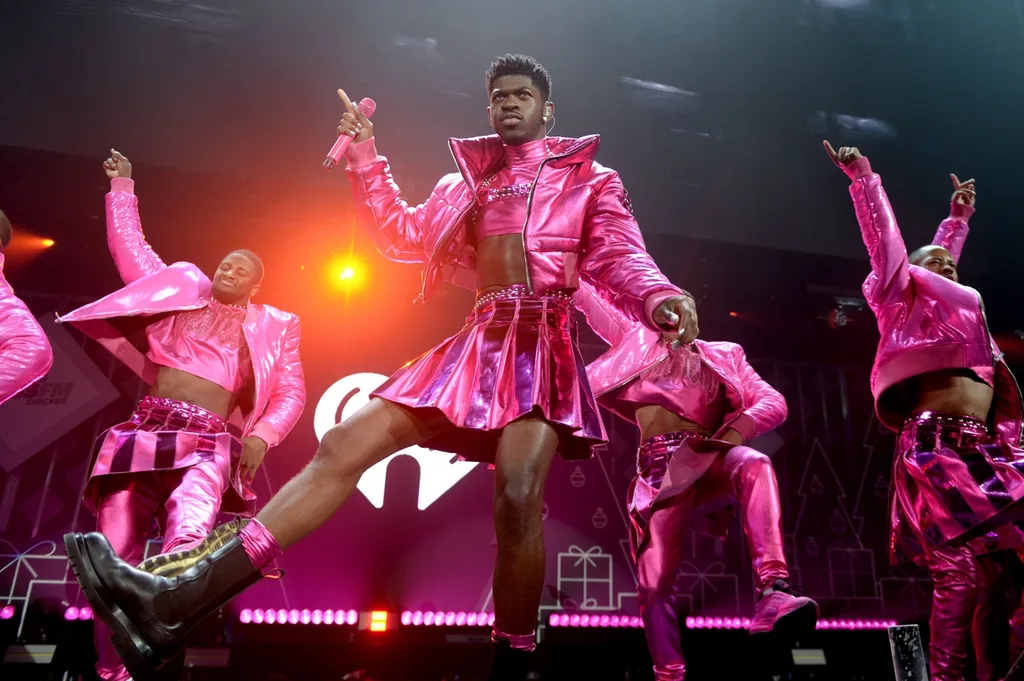
Proving the future is fluid, miniskirts have been worn by some of the hottest male and gender-fluid pop stars of today, including British singers Harry Styles and Sam Smith. US rapper Lil Nas X wore miniskirt sets on stage frequently throughout his Long Live Montero tour in 2022-’23. Of the first time he debuted the look, he said, “I was really nervous about going out on stage in front of my family and everybody in my cute little Coach skirt. But as soon as I walked out, I felt like I was setting my younger self free.”
This story originally appeared in the June issue of marie claire Australia.









